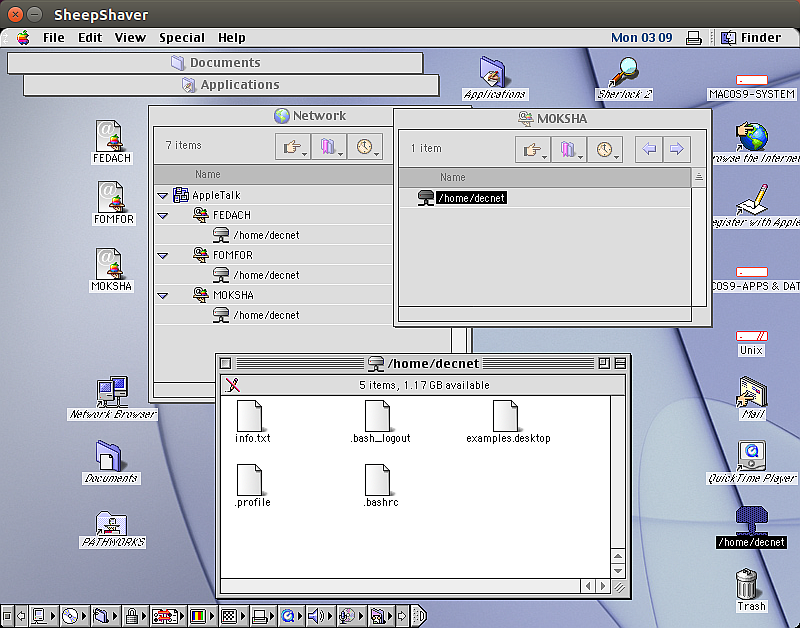These topics often include Mac, Android, iOS, and Windows as these are the building blocks of anything we usually work on. You'll often find Mahesh wandering around various tech sites trying to find that 'golden nugget' which could make existing tasks more efficient,. Available for Windows, Mac, and Linux, Google Chrome is the most widely used desktop browser in the world. Since its launch in 2008, Chrome has expanded to Android, iOS, and is the basis of a. As soon as you get this 705-megabyte download, you’ll be wandering around Liberty City, a fictional city slightly resembling New York City in beautiful 3D, which was such a huge deal at that time. The Mac App Store has been built into the Mac OS X operating system since earlier this year as a way to provide developers a place to promote their. Moving items around the Mac OS X menu bar is easy with this MozyMac tutorial. The demonstration appears to take place on a real Mac desktop; be sure to watch the mouse moving the menu bar icons along the top of this video. There is music playing and no other audio, so Muting is optional. Text supplements the video, telling you to hold the Command (apple) button while moving the menu bar icons. Note: As of Mac OS X 10.4, the cp command preserves metadata and resource forks of files on Extended HFS volumes, so it can be used in place of CpMac. The /usr/bin/CpMac command will be deprecated in future versions of Mac OS X. Sometimes fooling around with system files may require you to 'bless' the boot volume again to get.
- Wandering Around Mac Os Download
- Wandering Around Mac Os Catalina
- Wandering Around Mac Os 11
- Wandering Around Mac Os X
The Shadow Knows (Mac OS X clipboards)
© May 2019 Anthony Lawrence
After writing up How I use Jumpcut and pbcopy for Power Pasting, I went searching for similar utilities in Linux. I haven't found any yet - I'm sure they exist, but Google doesn't want to give them up easily. However, while wandering around aimlessly looking for those, I did come across another Mac OS X copy and paste utility: Shadow.
This one has some interesting twists. First, it lets you create multiple clipboards. That makes it very easy to store the common pastes you may want - new Apple-C's go only to the 'System' clipboard by default. You can change that to stick pastes into the selected clipboard; either way you have great control for saving cuts for later (possibly MUCH later) use.
I like the multiple clipboard idea a lot, although I found it a little confusing at first when I wanted to retrieve text. After calling up Shadow, you select the desired clipboard and highlight the text you want. The instructions tell you to press 'Enter' to move the text to the System clipboard (which means it is available for your next Apple-V) or to press 'Shift-Enter' to paste immediately. That works as advertised, but you need to use the right-hand Shift key and there is a significant delay before the paste actually happens (keep in mind that this is beta software so we shouldn't get too upset about that right now).
Wandering Around Mac Os Download
Perhaps even more interesting to some is that you can share clipboards with other people on your network - other Macs running Bonjour and Shadow, that is. I have no personal use for this, but I can see that it could be real handy in a collaborative environment.

You can use Shadow right along side JumpCut - just use different hot keys to activate them. Any Apple-C's go to both utilities. I like JumpCut for its quick response, but I might use the multiple clipboard feature of Shadow to store the less commonly used but still useful snippets I want. Yes, I know about OS X text snippings; I just never became fond of them. However, nothing stops me from using those too..
I'm still looking for similar tools in Linux; any hints will be appreciated.
Got something to add? Send me email.
(OLDER) <- More Stuff -> (NEWER) (NEWEST)
Printer Friendly Version
-> -> The Shadow Knows (Mac OS X clipboards)
Wandering Around Mac Os Catalina
Inexpensive and informative Apple related e-books:
Take Control of the Mac Command Line with Terminal, Second Edition
Take Control of iCloud
Photos for Mac: A Take Control Crash Course
Photos: A Take Control Crash Course
Take Control of Preview
How to start up in macOS from Windows
- From the notification area on the right side of the Windows taskbar, click to show hidden icons.
- Click the Boot Camp icon .
- From the menu shown, choose Restart in macOS.
If you haven't installed the latest Boot Camp updates, you might get the message ”Could not locate the OS X boot volume.'

Or use Startup Manager as your Mac starts up:
- Restart your Mac from the Start menu in Windows.
- Press and hold the Option (or Alt) ⌥ key as your Mac begins to restart.
- Select your Mac startup volume (Macintosh HD) in the Startup Manager window, then press Return or click the up arrow:
How to start up in Windows from macOS
Wandering Around Mac Os 11
- Use Startup Manager to choose your Windows (Boot Camp) volume during startup.
- Or select your Boot Camp volume in Startup Disk preferences, then restart.
Wandering Around Mac Os X
Learn more
- If you're having difficulty using VoiceOver or another screen reader to complete these steps, please contact Apple Support.
- Learn how to install Windows 10 on your Mac.
⇒ ⇒ PotatIO Mac OS